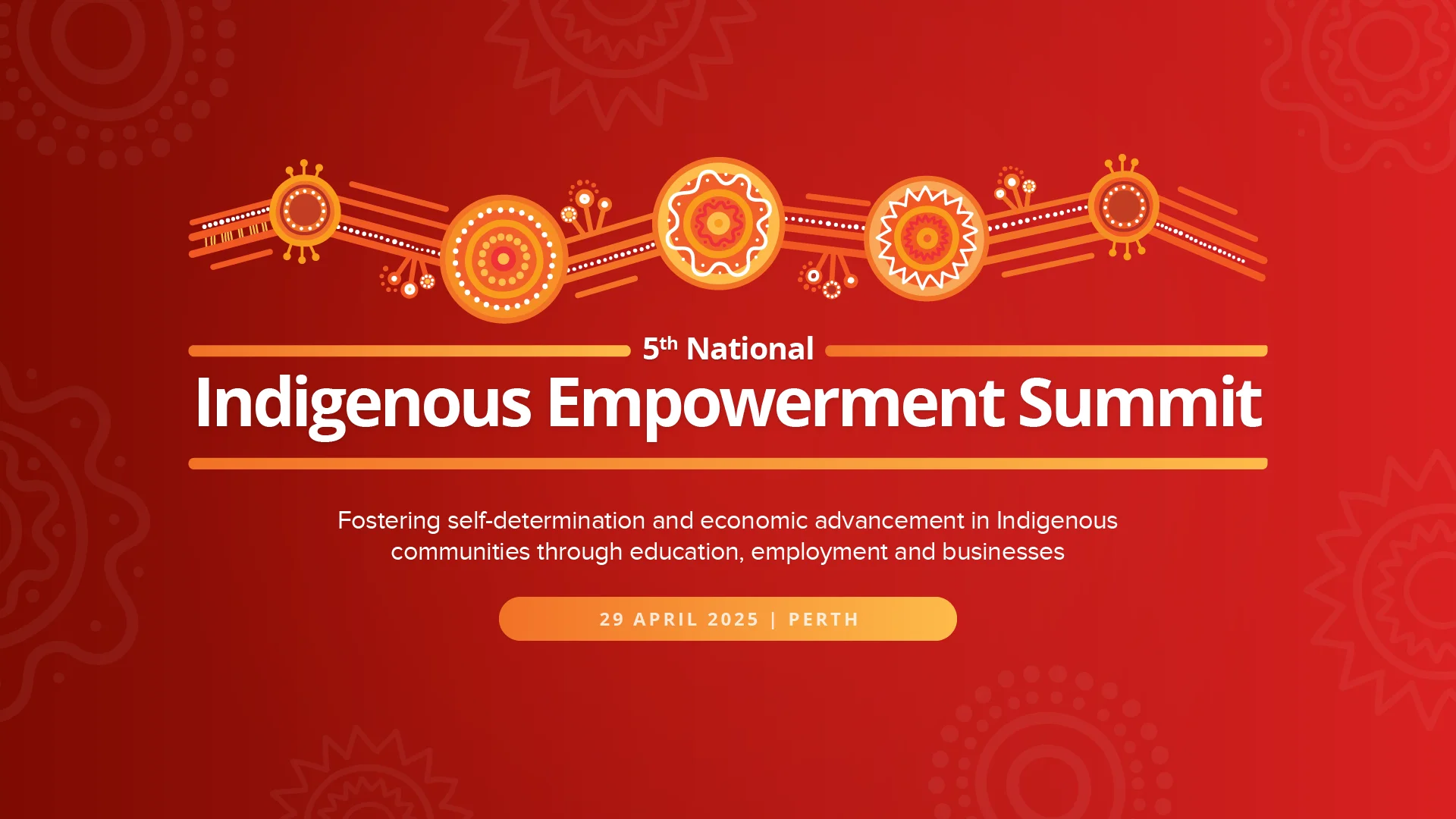The report, 2015 NFP Governance and Performance Study, was conducted by research firm BaxterLawley on behalf of AICD in an environment of major policy reform and sector uncertainty.
The study results showed that 32 per cent of NFP boards discussed a merger in the past year, while 7 per cent actually merged and an additional 7 per cent are currently undertaking a merger.
More than 2,900 directors from a diverse range of not-for-profit (NFP) organisations participated in the study, which was sponsored by Commonwealth Bank, making it the largest survey of NFP governance in Australia.
“The fact that NFPs are actually entering into mergers – and not just talking about it – is a significant shift from previous years. NFP boards are clearly trying to improve their efficiency to ensure that they achieve their missions,” said John Brogden, Managing Director and Chief Executive Officer of the AICD.
“However, directors should note that a merger is not the only option for NFPs who want to better pursue their strategic objectives. Mergers are not the only solution that can deliver a benefit to an organisation,” he said.
The push for consolidation is greatest among NFPs with income above $10 million or those operating in social services or development.
“The survey results are a clear indication of the significant commitment NFP directors make to their organisations, and the difficult operating environment that they must navigate on behalf of their stakeholders,” Mr Brogden said.
“Another key theme emerging from this year’s study is the need for a more collaborative relationship between governments and the sector. As governments continue to rely on the sector for the delivery of critical services, a strategic partnership is required to ensure long-term sustainability of these services,” he said.
Julienne Price, Head of Schools and Not-for-Profit Sector Banking, Commonwealth Bank, said it remains crucial for the NFP sector to continue to look for innovative ways to strengthen its financial foundations to continue to service the community and to maximise longevity.
“Although we are seeing an increase in mergers and collaboration across the NFP sector, financial sustainability still remains the key issue for directors and board members, and is the driving force behind NFPs’ pursuit of greater efficiencies within their organisations,” she said.
“Diversifying funding sources is just one of the challenges NFPs have had to rise to. We are now seeing many NFPs evolving and adopting new ways to secure funding, such as: making use of innovative technologies for donations, to establishing their own income streams and social enterprises.”
Key findings from the study:
- Financial stability remains the major concern for most NFP directors: four of the six highest priorities for directors related to financial health. These included maintaining or building income, diversifying income sources and managing costs;
- Directors involved in international activities (34 per cent) were far more likely to rate their efficiency as high compared to directors working in professional associations (17 per cent), religious activities (15 per cent) and in sport, recreation and social clubs (11 per cent);
- Eight per cent of NFP directors discussed the closure of their NFPs in the past year;
- On average, directors gave the Federal government a score of 4.6 out of 10 for understanding the NFP sector. The reasons given for the low scores included the recent drawn-out consideration of the future of the Australian Charities and Not-for-profits Commission, the reduction of funding to the sector and reforms in procurement.
- 87 per cent of NFP directors are volunteers. Among those who are paid, the average amount was $25,700 and the median payments was $17,000; and
- On average, survey respondents spent 24 hours per month working in directorship roles.
The complete report is available here.












